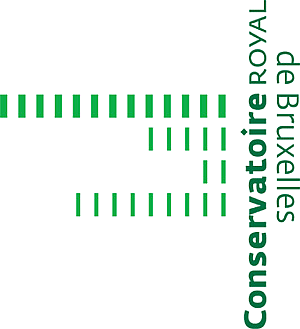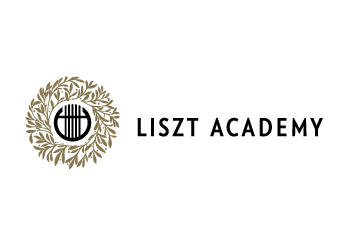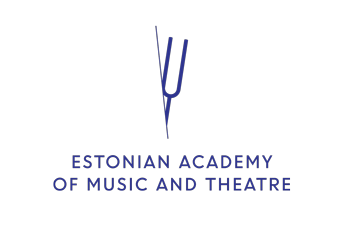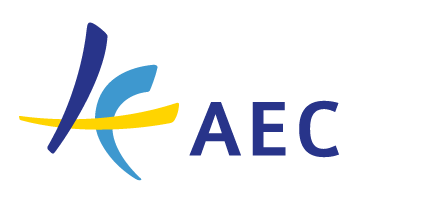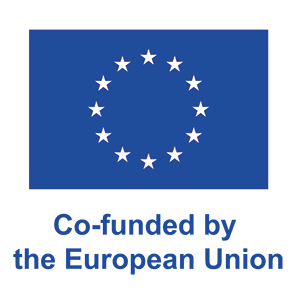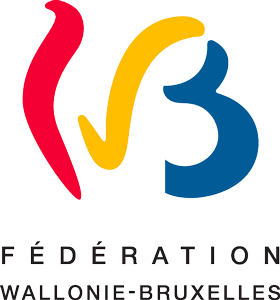Further information
-
assessment
Other (Portfolio and practical exam) -
level
Advanced -
 Completed Semester2 and 4
Completed Semester2 and 4 -
How many semesters does the course last?
4 -
hours per week
90 minutes -
 Link of the course
Link of the course -
 Target group of courseOther (Master students in Music Education)
Target group of courseOther (Master students in Music Education) -
 credits4,5
credits4,5 -
 Type of CoursePractice
Type of CoursePractice -
Degree Level
Master -
 e-learning-elementsdigital portfolio assignments
e-learning-elementsdigital portfolio assignments -
Course
Mandatory -
students #
6-15 students -
Hours per year
54 -
BIBLIOGRAPHY
Hegyi, Erzsébet. 1975-1979. Solfege According to the Kodály Concept, volume 1 & 2. Kecskemét: Kodály Institute. Hoffman, Richard. 2009. The Rhythm Book. Franklin, Tenessee: Harpeth River Publishing. Hojsgaard, Erik. 2016: Rhythm: Advanced Studies. Kardos, Pál. 2005. Intonation and Vocal Training in Choir. Kecskemét: Kodály Institute. Kodály, Zoltán. 1972. Choral Method – Revised Edition. London: Boosey & Hawkes. Morris, R. : Figured Harmony at the Keyboard Part 1 & 2 Szönyi, Erzsébet. 1974 (1954). Musical Reading and Writing. Budapest: Editio Musica Budapest. -
ONLINE CATALOGUE
WITH CONTENTS -
evaluation grid
-
evaluation grid
and document
Be a part of our european project !
This European project (KA 203 Strategic Partnership) created by Salvatore Gioveni promotes cross-border collaboration in the field of Music Theory through sharing knowledge and transferring pedagogical innovation. It thus responds to a lack of centralised source and framework to deepen reflection by means of cross-disciplinary study at European and international level.
There is a significant wealth of educational practices from one country to another in this sector, especially in terms of harmonic musical notation and analysis. However, HMEI's are facing the nonexistence of a European network for pedagogical staff in Music Theory so far. To improve the situation, the project will among other things develop several intellectual outputs such as Online Platform (IO 1), an EU Bibliography (IO 2), a Repository Courses (IO 3), a Multilingual Glossary (IO 4) and an Exchange Online Learning Platform.
Besides the Conservatoire royal de Bruxelles as leader and manager of the project, the following partner institutions are involved: Music Academy S. Moniuszki Gdańsk (Gdańsk, Poland), F. Liszt Academy of Music Budapest (Budapest, Hungary), Estonian Academy for Music and Theatre (Tallinn, Estonia), HfMTh "Felix Mendelssohn Bartholdy" (Leipzig, Germany).
 | 2025
| 2025
